The week leading up to June 24th, San Juan, is a weeklong fiesta here in Alicante, with much drinking and so on, but also fireworks displays and so-called mascletas, where explosives are set off during the day just to generate smoke and noise. Spain is a loud country!
Besides the merrymaking, large statues called Hogueras are mounted around the centre of Alicante and in many neighbourhoods. They only exist for a few days; at midnight on June 24th they are burned down while large crowds look on (and fire trucks are on standby. I stay away from that event, but earlier in the week I walked around the centre to have a look at the Hogueras and at the people looking at them.
24_1
But I start with a simple photo from the office. One day Eri came to see me about something, and I realised that there was a nice photo there. So I asked her to come in through my door again, this time with my camera at the ready:

24_2
Of course there was some cycling too. I went to the Vía Verde on my mountainbike. Stopping in Verdegás for my usual break there, I photographed this impressive olive tree in somebody’s backyard:

24_3
Along the Vía Verde, I stopped to photograph the grapes, now nearing maturity. These are not for wine, they are table grapes:

24_4

24_5
Nice to see something green in the otherwise arid landscape, a large field of almond trees:

24_6
Heading into the mountains. The Vía Verde, a converted narrow-gauge railroad that was abandoned in the 1980s, goes from Agost at about 300 meters above sea level to Maigmó at 650 meters over a total distance of 22 km. So a long, gentle climb, quite easy to cycle:
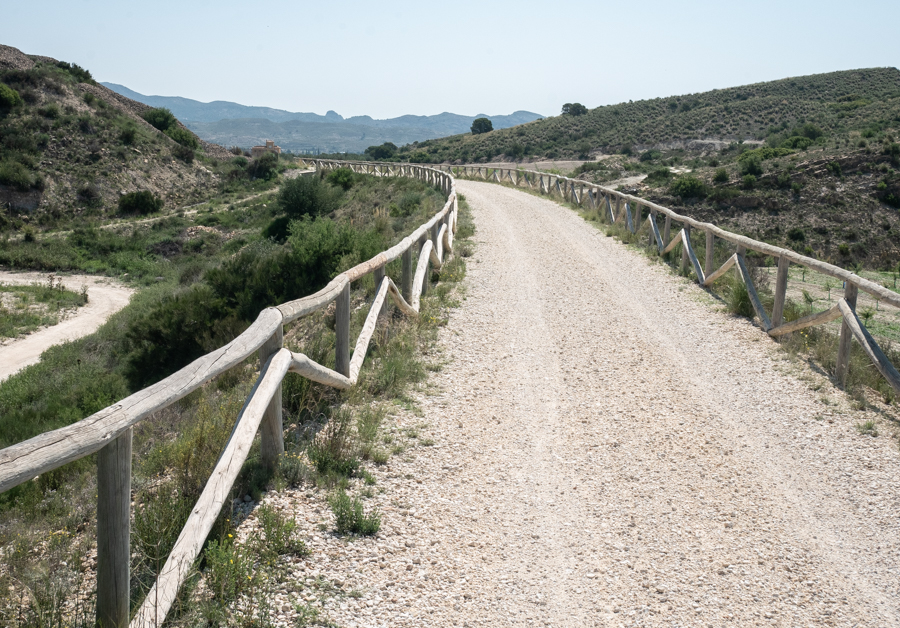
24_7
The drought we had this spring is quite evident in this reservoir:

24_8
The rest of the photos in this week’s blog are from a walk in the centre to look at the Hogueras. Along the main shopping street of Alicante, people have decorated the trees with messages indicating their usefulness (I was not aware that there was any plan to cut them down, but perhaps the protest is against pollution that harms the trees):
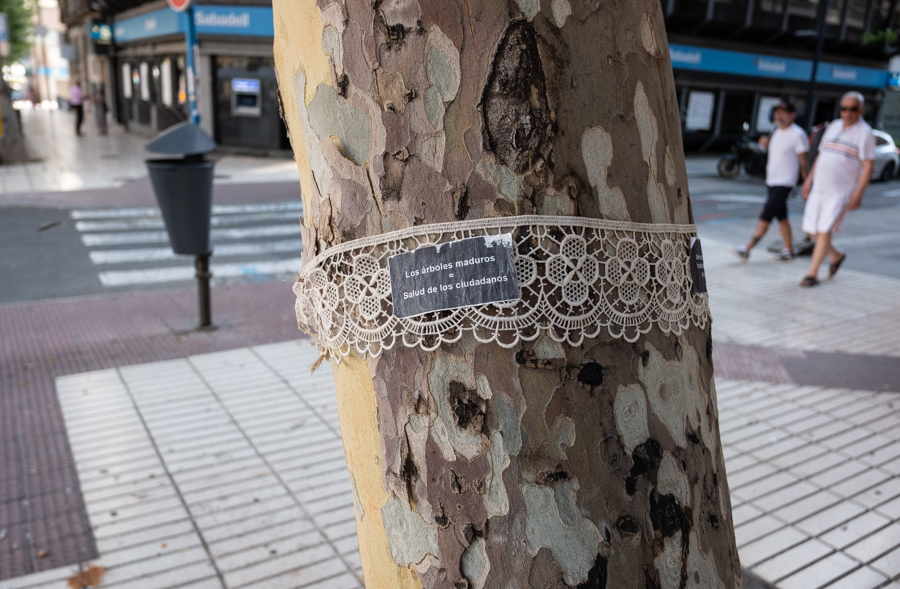
24_9
On the Puerta del Mar square, workers were busy installing a Hoguera:

24_10
But the one at the end of Esplanada de España, the main pedestrian street, was already there. One could see it from a distance:

24_11
Overall view of the Hoguera on the Esplanada:

24_12
A closer view:

24_13
Even closer:

24_14
Interesting detail:

24_15
People come to look and take pictures:

24_16
I walked on to the nearby Plaza del Ayuntamiento,the square in front of City Hall. There was a big Hoguera there too:

24_17
Work still in progress:

24_18
Looking on:

24_19

24_20
The face:
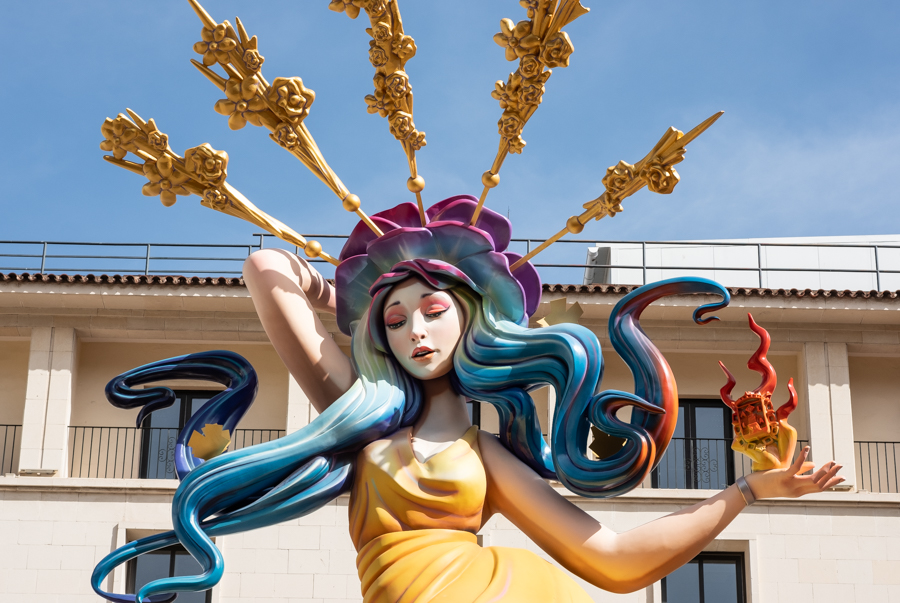
24_21
At this point I got thirsty, so I retreated to the Irish pub O’Hara’s on the Esplanada and had my pint while watching the other patrons:
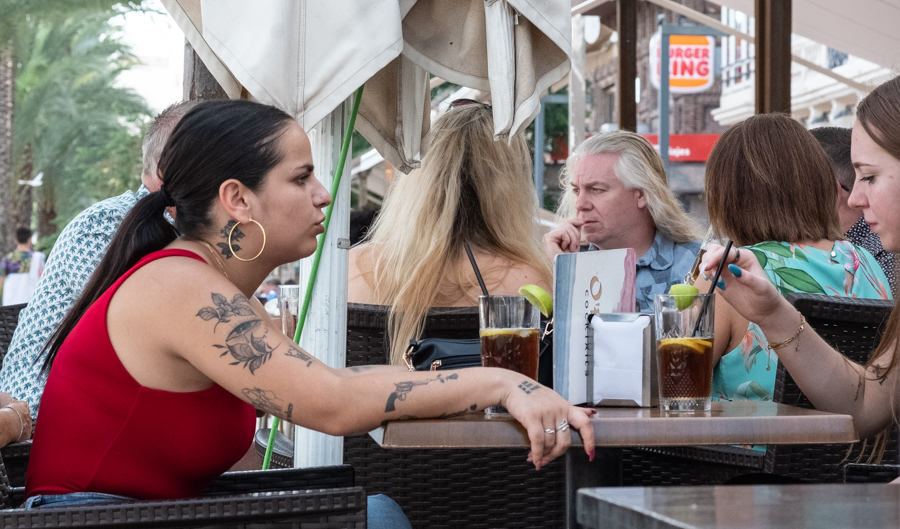
24_22
I walked down the Esplanada and came upon a group of protestors with whose cause I very much sympathise:

24_23

24_24

24_25
Back at Plaza Puerta del Mar, the Hoguera is almost finished:

24_26

24_27
A final touch:

24_28

24_29
A mermaid, luring sailors:

24_30
Just before descending into the underground car park on Plaza Puerta del Mar, I took a few photos in the corner of the harbour. This surfer statue is a popular spot for birds:

24_31
…and for people wanting a photo with the statue and the yachts as the background:
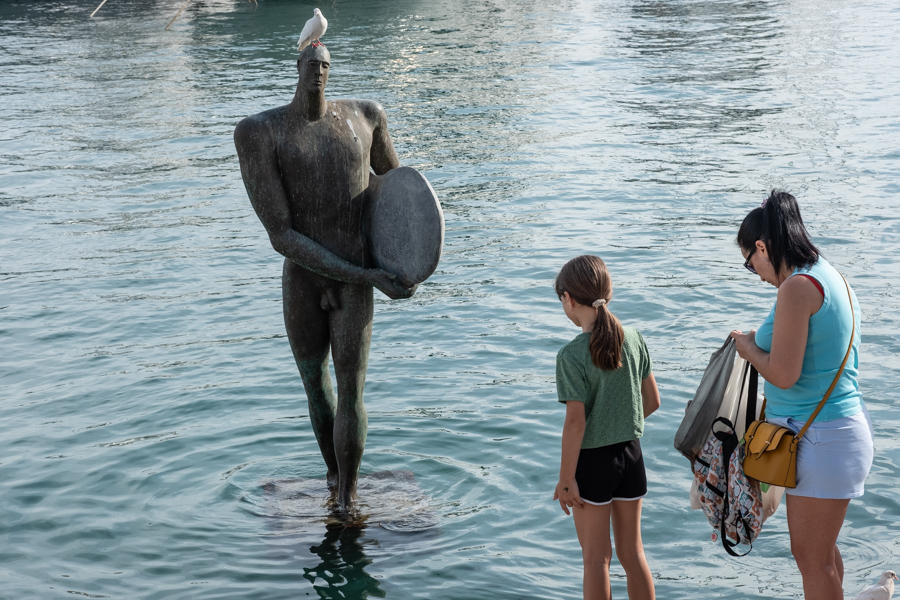
24_32
Conversation:

24_33
The Stanbrook memorial, a relatively recent addition on our waterfront. The Stanbrook was a merchant ship which rescued more than 2600 refugees from the encircled city of Alicante in the final months of the Spanish Civil War in March 1939 and sailed them to North Africa, in an act of incredible bravery on the part of the Welsh captain, Archibald Dickson (who sadly perished, along with his ship, just six months later, victim of a German torpedo in the North Sea):

The story of the Stanbrook escape can be read here (in Spanish only).